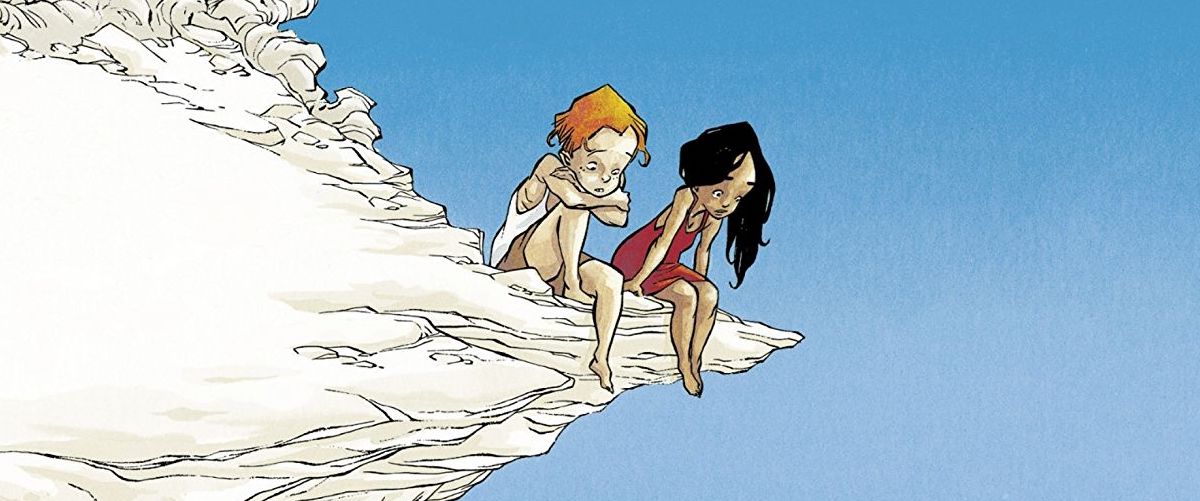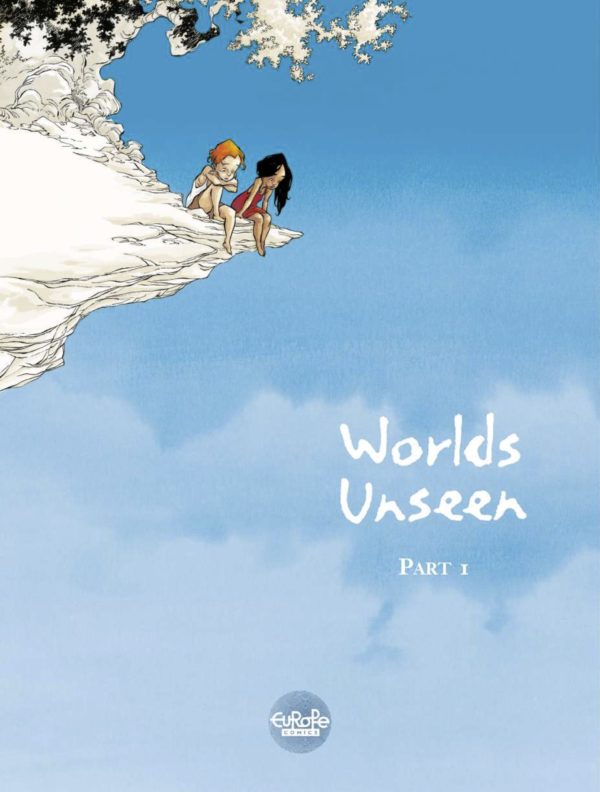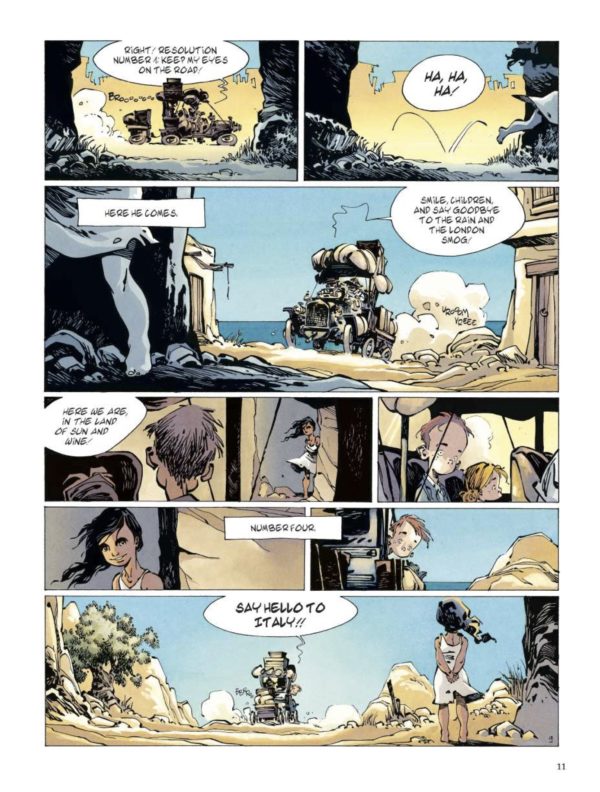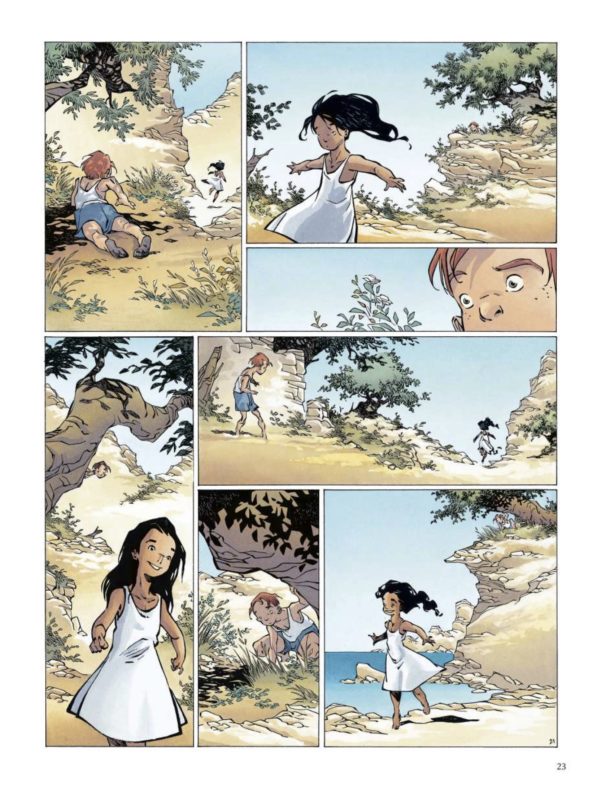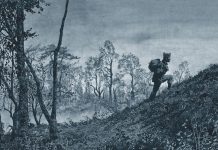Worlds Unseen
Written by Georges Abolin
Written and Illustrated by Olivier Pont
Colored by Jean-Jacques Chagnaud
Europe Comics
It’s just after the turn of the century and a mix of strangeness and violence is about to hit the middle of nowhere in Italy, brought forth by good old hidden passions, pushy foreign wealth, and the typical time-honored tradition of not trusting outsiders. There’s nothing like these three factors to come together in a destructive impact that offers insight into the concept of change, good and bad, in different measures of life.
This first volume of Worlds Unseen establishes dynamics and sets up the incidents from which whatever follows will spring forth from, but peppers the story with enough unanswered questions that while the major ones are well-covered, the idea that there are more expansive aspects on display floats through the story.
At the center of Worlds Unseen is William who, at 10-years-old, moves from England to Barrellito with his father, mother, and little sister. The family has inherited property there — William’s mother was born in Italy and has returned to settle into her inheritance from her great uncle. William’s father, Alex, has a scheme. He plans to purchase a steamboat to start a fishing business that will go into waters that the locals can’t possibly reach and do business in remote villages that they don’t. Neighbor Francesco warns Alex that the local fishermen are going to react badly to his plan, but Alex brushes that aside.
Francesco has butted up against the locals’ reluctance to accept outsiders as well. He has lived there several years with his daughter and not yet gained acceptance there. His daughter, Lisa, was the first person William spotted upon arrival and, as an immediate captive to her allure, William sought her out and became inducted into her small gang of village cohorts. It’s a strange arrangement, this group has — claiming to all be born on the same day and recognized through some special power that Lisa has, they spend their days in a hidden cave smoking a mysterious substance and having hallucinations that seem like messages from their subconscious. As the fishing business starts, trouble begins, and William struggles to understand his own place in the group, unsure of how the village animosity affects his relationships with his new friends.
But as the events unfold, Abolin and Pont also include curious and mysterious scenes with first-person narration involving people of color in various oppressive situations through history. I can’t really make a judgment about their inclusion in the narrative because they remain unexplained by the end of the book, though I expect future volumes will offer the connection between them and the story of William, his family, and friends. There are certain themes in the story obviously about colonialist efforts, even on a small scale, and I’m imagining they tie in with that, but until the scenes are made clear, I withhold judgment.
Georges Abolin is a former animator for Disney, having worked on films like The Hunchback of Notre Dame and Tarzan and other projects, like the Aladdin TV series. The art in the book has the feel of an animator, perhaps due to childhood friend and frequent collaborator Olivier Pont’s background in the field as well. He left early on to focus on the pursuit of comics, and then drifted from comics to make animated short films, and finally came back to comics. The influence of animation definitely shows in the flow of clothing and hair and water, and the way the movement of the characters is rendered. The world they inhabit is also lushly realized, and perhaps there’s a hint of exoticism directed towards the inhabitants of the Italian fishing village that evokes a romantic sensibility of days bygone.
Worlds Unseen unfolds with a novel-like precision, rarely announcing directly where it is going but putting the pieces in place in such a way that they dance around each other until coming together with a full force. And as much as there is a literary quality to the story, there is a cinematic one to the presentation, presenting a world the characters inhabit that is alive as anything you would see on a moving screen. It’s the first part of a series, but it also works in a self-contained way, with this particular story told in its entirety, but leaving room for what will follow.



